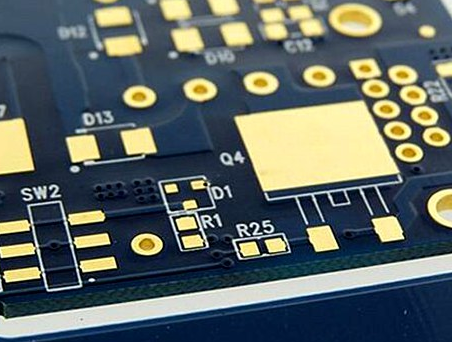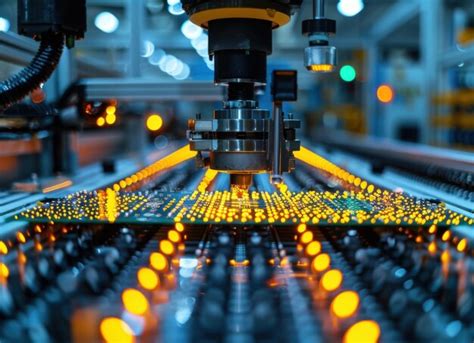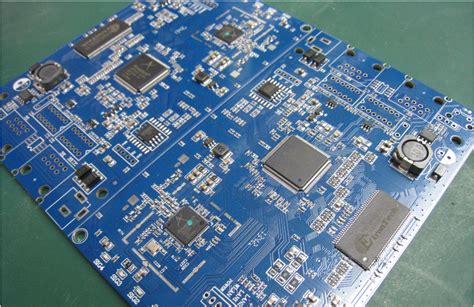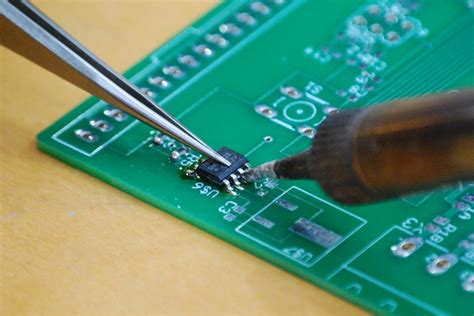How to Manufacture High-Quality PCB Boards: Key Aspects to Consider
Printed Circuit Boards (PCBs) are the backbone of modern electronics, serving as the foundation for nearly all electronic devices. The quality of a PCB directly impacts the performance, reliability, and longevity of the final product. Manufacturing high-quality PCBs requires meticulous attention to design, material selection, fabrication processes, and testing. This article explores the essential aspects of producing high-quality PCBs, covering design considerations, material choices, manufacturing techniques, and quality control measures.
1. Design Considerations for High-Quality PCBs
1.1 Proper Schematic and Layout Design
A well-designed schematic is the first step toward a high-quality PCB. Engineers must ensure that:
- The schematic is error-free and follows best practices.
- Components are correctly placed to minimize signal interference.
- Power and ground planes are adequately designed to reduce noise.
The PCB layout should optimize:
- Trace width and spacing to prevent crosstalk and overheating.
- Signal integrity by minimizing high-speed signal path lengths.
- Thermal management by placing heat-generating components strategically.
1.2 Design for Manufacturability (DFM)
DFM ensures that the PCB can be efficiently and reliably manufactured. Key considerations include:
- Minimum trace width and spacing (following manufacturer capabilities).
- Proper via placement (avoiding micro-vias unless necessary).
- Adequate copper weight to handle current requirements.
- Solder mask and silkscreen alignment to prevent assembly errors.
1.3 EMI/EMC Considerations
Electromagnetic interference (EMI) and electromagnetic compatibility (EMC) must be addressed early in the design phase:
- Use ground planes to shield sensitive signals.
- Implement proper filtering for high-frequency circuits.
- Avoid sharp trace angles, which can act as antennas.
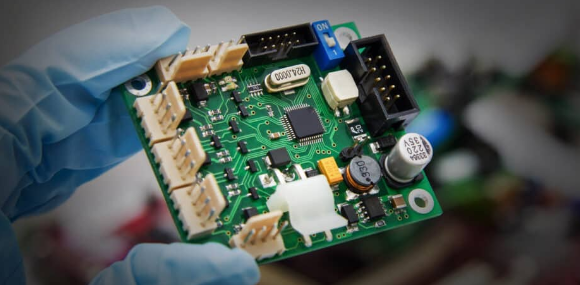
2. Material Selection for High-Quality PCBs
2.1 Substrate Materials
The choice of PCB substrate affects thermal performance, mechanical strength, and signal integrity:
- FR-4: Standard material for most applications, offering good electrical insulation and mechanical stability.
- High-Tg FR-4: Suitable for high-temperature environments.
- Rogers or PTFE-based materials: Used in high-frequency RF applications.
- Metal-core PCBs (MCPCBs): Ideal for LED and power electronics due to superior heat dissipation.
2.2 Copper Foil Quality
The thickness and type of copper foil impact conductivity and thermal performance:
- Electrodeposited (ED) copper: Common in standard PCBs.
- Rolled annealed (RA) copper: Better for flexible PCBs.
- Heavy copper PCBs (2oz+): Used in high-power applications.
2.3 Solder Mask and Surface Finish
- Solder mask prevents short circuits and oxidation (common types: LPI, dry film).
- Surface finishes affect solderability and corrosion resistance:
- HASL (Hot Air Solder Leveling): Cost-effective but uneven.
- ENIG (Electroless Nickel Immersion Gold): Excellent for fine-pitch components.
- OSP (Organic Solderability Preservative): Eco-friendly but less durable.
- Immersion Silver/Tin: Good for high-frequency applications.
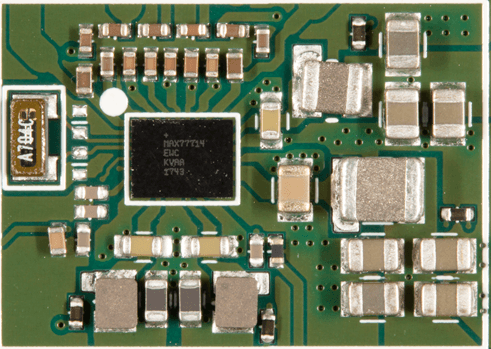
3. Advanced PCB Manufacturing Techniques
3.1 Precision Etching and Plating
- Laser Direct Imaging (LDI) improves trace accuracy.
- Controlled impedance etching ensures signal integrity.
- Plated through-holes (PTHs) must be uniform for reliability.
3.2 Multilayer PCB Lamination
For complex designs, multilayer PCBs require precise lamination:
- Prepreg and core alignment must be exact.
- Proper pressure and temperature control prevents delamination.
3.3 Drilling and Via Formation
- Laser drilling for micro-vias in HDI (High-Density Interconnect) PCBs.
- Mechanical drilling must be burr-free to ensure conductivity.
4. Quality Control and Testing
4.1 Automated Optical Inspection (AOI)
- Detects defects like shorts, open circuits, and misalignments.
4.2 Electrical Testing
- Flying Probe Test: Checks connectivity in prototype PCBs.
- Bed-of-Nails Test: Used for mass production validation.
4.3 Environmental and Reliability Testing
- Thermal cycling to assess durability.
- IPC-A-600 standards for acceptability criteria.
Conclusion
Producing high-quality PCBs requires a combination of excellent design, material selection, precision manufacturing, and rigorous testing. By following best practices in DFM, material choice, and quality control, manufacturers can ensure reliable, high-performance PCBs for advanced electronic applications.



